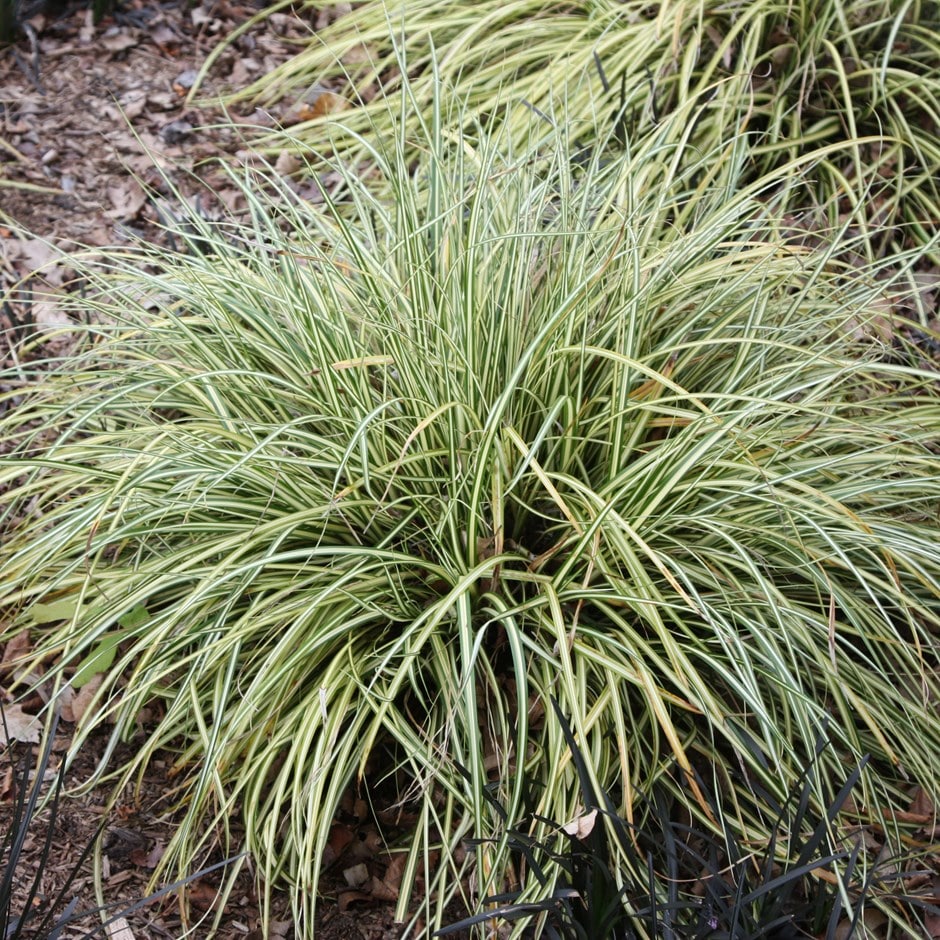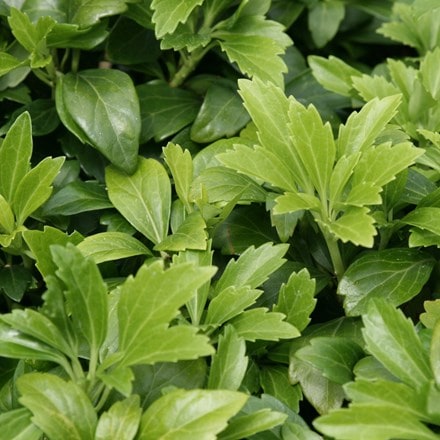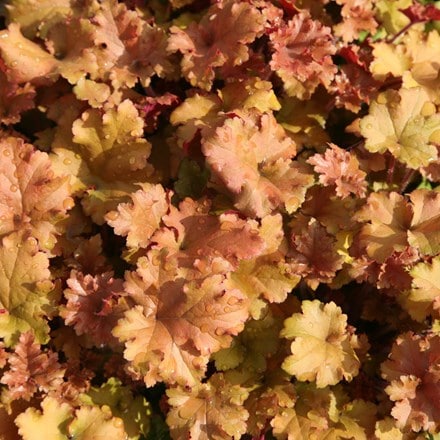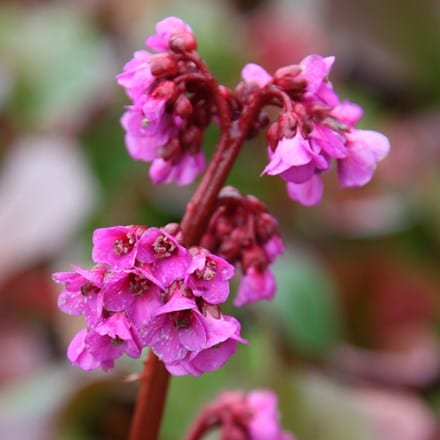Carex oshimensis 'Evergold'
sedge
- 9cm pot
- £5.99 £9.99
- In stock (shipped within 2-3 working days)
- 3 × 9cm pots
- £14.99 £24.99 £5.00 each
- In stock (shipped within 2-3 working days)
- 2 litre pot
- £11.99 £19.99
- In stock (shipped within 2-3 working days)
Delivery options
- Standard £5.99
- Position: full sun or partial shade
- Soil: fertile, moist, well-drained soil
- Rate of growth: average
- Flowering period: April to June
- Hardiness: fully hardy
Carex oshimensis 'Evergold' is a small, evergreen, ornamental grass that forms low hummocks of striking dark green leaves with a central strip of creamy yellow. In mid to late spring it also bears brown flowerspikes on long stems. It looks wonderful when planted with other ornamental grasses, or used to form a decorative border edge.
Plant Carex in well-drained soil, ideally enriched with organic matter, and choose a spot in full sun or light shade. Space plants to allow for their mature size and water regularly until established. Feed during the growing season and lift and divide crowded clumps in early spring to maintain vigour.
Most evergreen and semi-evergreen Carex don’t need cutting back in the the traditional sense. Instead, in late winter or early spring, just comb through the plant with your fingers or a rake to remove any dead or tatty foliage. If the plant looks untidy or has suffered winter damage, you can lightly trim back the worst leaves, but avoid hard pruning as it can spoil the natural shape and regrowth is quite slow.
Most evergreen and semi-evergreen Carex don’t need cutting back in the the traditional sense. Instead, in late winter or early spring, just comb through the plant with your fingers or a rake to remove any dead or tatty foliage. If the plant looks untidy or has suffered winter damage, you can lightly trim back the worst leaves, but avoid hard pruning as it can spoil the natural shape and regrowth is quite slow.



